Did you know Ottawa, Canada’s capital, is home to the world’s largest outdoor skating rink? But that’s just the tip of the iceberg—Ottawa is a city brimming with fascinating secrets, unique history, and innovative solutions to modern challenges. While cities like Toronto and Vancouver often steal the spotlight, Ottawa quietly holds its own with a blend of culture, technology, and natural beauty that’s hard to match. From its UNESCO-recognized Rideau Canal to its role as a hub for technological innovation, Ottawa is a city of surprises.
Renowned urban planner Jane Jacobs once said, “Cities have the capability of providing something for everybody, only because, and only when, they are created by everybody.” Ottawa embodies this spirit, blending its historical roots with a forward-thinking approach. Similarly, environmentalist David Suzuki has praised Ottawa’s efforts to balance urban development with nature, particularly through landmarks like the Rideau Canal. Even tech visionary Elon Musk has acknowledged Ottawa’s growing reputation as a center for innovation, making it a city that’s as smart as it is scenic.
This article will explore one of Ottawa’s coolest facts—its transformation of the Rideau Canal into the world’s largest skating rink—and delve into its historical, cultural, and technological significance. We’ll also explore how AI could revolutionize this iconic feature and propose a detailed roadmap for achieving it. So, lace up your skates and get ready to glide through the story of Ottawa’s most unique claim to fame.
The Rideau Canal: A UNESCO World Heritage Site and Winter Wonderland
The Rideau Canal isn’t just a waterway—it’s a living piece of history. Built in the early 19th century as a military project to protect Canada from potential American invasions, the canal has since evolved into a symbol of Ottawa’s resilience and ingenuity. In 2007, it was designated a UNESCO World Heritage Site, recognizing its historical and cultural significance. But what truly sets the Rideau Canal apart is its winter transformation into the world’s largest outdoor skating rink.
Every winter, as temperatures drop, the canal freezes over, creating a 7.8-kilometer ice path that winds through the heart of Ottawa. This natural phenomenon turns the canal into a winter wonderland, attracting locals and tourists alike. Skating on the Rideau Canal isn’t just a recreational activity—it’s a cultural experience. Families, friends, and even solo adventurers lace up their skates to glide along the ice, soaking in the city’s stunning winter scenery. It’s a tradition that has become synonymous with Ottawa’s identity.
The canal’s transformation also plays a significant role in boosting winter tourism. Events like Winterlude, an annual festival celebrating all things winter, draw thousands of visitors to the city. From ice sculptures to hot chocolate stands, Winterlude turns the canal into a hub of activity and celebration. It’s a testament to Ottawa’s ability to embrace its cold climate and turn it into an opportunity for joy and connection.
But the Rideau Canal is more than just a tourist attraction—it’s a community space. For locals, it’s a place to gather, exercise, and enjoy the outdoors during the long winter months. It’s a reminder that even in the coldest of seasons, there’s warmth to be found in shared experiences. As urbanist Richard Florida once noted, “Great cities are not static; they constantly change and evolve.” The Rideau Canal is a perfect example of how Ottawa continues to adapt and thrive, blending its past with its present to create something truly unique.
The Science Behind the Rideau Canal’s Freeze
Ever wonder how the Rideau Canal transforms into a massive skating rink every winter? It’s not just magic—it’s science! Ottawa’s frigid winters play a starring role, but there’s more to it than just cold air. The canal’s shallow depth, averaging about 1.5 meters, allows it to freeze quickly and evenly. When temperatures drop, the water cools from the surface downward, creating a solid sheet of ice perfect for skating. But don’t think it’s as simple as waiting for a cold snap—temperature fluctuations are key. Consistent sub-zero temperatures are needed to maintain the ice, while sudden warm spells can turn the canal into a slushy mess. It’s a delicate balance, like trying to keep your ice cream from melting on a hot day.
Maintaining the canal’s ice is no small feat. The National Capital Commission (NCC) monitors ice thickness daily, using drills and sensors to ensure it’s safe for skaters. The magic number? At least 30 centimeters of ice is required for public use. But even with careful monitoring, Mother Nature can be unpredictable. Climate change is throwing a wrench into the works, with warmer winters and erratic weather patterns making it harder to maintain the canal’s icy surface. It’s like trying to plan a picnic in April—you never know what you’re going to get.
And let’s not forget the environmental impact. While the canal’s freeze is a winter wonderland for humans, it can be a challenge for local wildlife. Fish and other aquatic creatures adapt by moving to deeper, unfrozen areas, but the sudden changes in their habitat can be stressful. The NCC works to minimize disruption, ensuring that maintenance efforts don’t harm the ecosystem. It’s a reminder that even the coolest human activities have to coexist with nature.
Cultural and Recreational Importance
The Rideau Canal isn’t just a skating rink—it’s a cultural icon and a hub of winter activity. For locals, it’s a place to lace up their skates, grab a Beavertail (a Canadian pastry that’s basically winter comfort food), and enjoy the crisp winter air. For tourists, it’s a bucket-list experience, offering a unique way to explore Ottawa’s history and beauty. The canal is more than just ice; it’s a symbol of community and resilience, bringing people together in the coldest months of the year.
One of the highlights of the canal’s winter season is the Winterlude Festival, a celebration of all things winter. Held annually in February, Winterlude features ice sculptures, live music, and family-friendly activities. The festival transforms the canal into a vibrant, bustling space, drawing visitors from across the globe. It’s like a winter carnival, but with more maple syrup and fewer clowns.
Ottawa’s identity as a winter city is deeply tied to the Rideau Canal. While cities like Quebec City and Helsinki also embrace their cold climates, Ottawa’s canal sets it apart. It’s not just a place to skate; it’s a place to connect, celebrate, and embrace the beauty of winter. Whether you’re a seasoned skater or a first-timer, the canal offers something for everyone. So, grab your mittens and join the fun—because winter in Ottawa is anything but boring.
Challenges Facing the Rideau Canal
While the Rideau Canal is a beloved winter wonderland, it’s not without its challenges. From the looming threat of climate change to the financial burden of maintenance, Ottawa’s iconic skating rink faces hurdles that could impact its future. Let’s dive into the key issues and explore how they might shape the canal’s destiny.
Climate Change and Its Impact
One of the most pressing challenges is climate change. Rising temperatures and unpredictable weather patterns are making it harder for the canal to freeze consistently. Winters in Ottawa are becoming shorter, and the ice is often thinner or less stable. This not only affects the skating season but also threatens the canal’s role as a winter tourism hotspot. According to a Climate Change Canada report, Ottawa’s average winter temperatures have risen by 1.5°C over the past century, a trend that shows no signs of slowing down.
Maintenance Costs and Resource Allocation
Keeping the Rideau Canal safe and functional as a skating rink is no small feat. The city spends millions annually on maintenance, including:
- Monitoring ice thickness
- Clearing snow and debris
- Ensuring proper lighting and signage
These costs are only expected to rise as climate change makes maintenance more complex. Balancing these expenses with other city priorities, like infrastructure and public services, is a constant challenge for Ottawa’s municipal government.
Safety Concerns
Safety is another major issue. With thousands of skaters using the canal each winter, ensuring their well-being is paramount. Unpredictable weather can lead to sudden changes in ice conditions, increasing the risk of accidents. The city employs a team of experts to monitor the ice and issue safety alerts, but even with these measures, incidents can still occur. For example, in 2022, a sudden thaw led to temporary closures and a spike in minor injuries.
Innovations and Solutions for the Rideau Canal’s Future
Despite these challenges, there’s hope for the Rideau Canal’s future. By embracing innovation and sustainability, Ottawa can ensure this iconic landmark remains a winter destination for generations to come. Here’s how:
Sustainable Practices
Adopting eco-friendly methods can help mitigate the canal’s environmental impact. For instance, using renewable energy sources like solar panels to power lighting and maintenance equipment could reduce the canal’s carbon footprint. Additionally, implementing green de-icing techniques, such as using organic compounds instead of salt, can protect the surrounding ecosystem.
Technological Enhancements
Technology can play a key role in addressing the canal’s challenges. Here are a few ideas:
- Smart Sensors: Installing sensors to monitor ice thickness and temperature in real-time can improve safety and maintenance efficiency.
- Drones: Using drones for inspections and emergency response can reduce risks for workers and provide faster assessments of ice conditions.
- AI-Powered Apps: Developing apps that provide skaters with real-time updates on ice conditions and safety alerts can enhance the visitor experience.
Community Engagement
Involving the community in the canal’s preservation can foster a sense of ownership and pride. Crowdsourcing ideas for improvements, hosting volunteer clean-up events, and promoting local businesses along the canal are just a few ways to engage residents. The City of Ottawa could also partner with schools and organizations to educate the public about the canal’s history and importance.
By combining these innovations with a commitment to sustainability and community involvement, Ottawa can ensure the Rideau Canal remains a symbol of winter magic and resilience for years to come.
AI Solutions: How Could AI Help?
Ottawa’s Rideau Canal is a marvel of nature and human ingenuity, but its future is at risk due to climate change and increasing maintenance demands. Enter artificial intelligence (AI)—a game-changer that could revolutionize how we preserve, maintain, and enhance this iconic landmark. Here’s how AI could transform the Rideau Canal into a smarter, safer, and more sustainable winter wonderland.
Predictive Analytics for Ice Formation
AI can analyze decades of weather data to predict when and how the canal will freeze. By using machine learning models, we can forecast optimal ice conditions with precision. For instance, tools like IBM’s Watson could process historical temperature patterns, snowfall data, and wind speeds to create a predictive model. This would allow city officials to plan maintenance and safety measures well in advance, ensuring the canal is ready for skaters as soon as the ice is safe.
Automated Maintenance Systems
Imagine robots gliding across the canal, resurfacing ice and removing debris. AI-driven robots, like those developed by Boston Dynamics, could handle these tasks efficiently, reducing the need for manual labor. Additionally, smart grids powered by AI could optimize energy use for lighting and temperature control, ensuring the canal remains eco-friendly. For example, Google’s DeepMind has already demonstrated how AI can reduce energy consumption in data centers—similar technology could be applied here.
Enhanced Visitor Experience
AI-powered apps could provide real-time updates on ice conditions, safety alerts, and even suggest the best times to visit. Augmented reality (AR) experiences, like those created by Niantic (the company behind Pokémon Go), could offer virtual tours of the canal’s history and wildlife. This would not only enhance the visitor experience but also attract tech-savvy tourists.
Long-Term Environmental Monitoring
AI tools can track the canal’s impact on local ecosystems, helping us mitigate any negative effects. For example, Microsoft’s AI for Earth initiative could be leveraged to monitor water quality, wildlife activity, and vegetation health. Predictive modeling could also help us understand how climate change might affect the canal in the long term, allowing us to take proactive measures.
Action Schedule/Roadmap (Day 1 to Year 2)
Day 1: Assemble a multidisciplinary team of AI experts, environmental scientists, urban planners, and community leaders. Key personnel could include representatives from the University of Ottawa, the National Research Council of Canada, and local tech companies like Shopify.
Day 2: Conduct a preliminary assessment of the canal’s current state, including ice formation patterns, maintenance challenges, and environmental impact.
Week 1: Develop initial AI models for weather and ice prediction using data from Environment Canada and historical records.
Week 2: Deploy a network of smart sensors and drones to collect real-time data on ice thickness, temperature, and water quality.
Month 1: Test AI-driven maintenance robots on a small section of the canal. Partner with robotics companies like Clearpath Robotics to ensure the technology is effective and safe.
Month 2: Launch a public engagement campaign to gather community feedback and ideas. Use social media platforms like Facebook and Instagram to reach a wide audience.
Year 1: Implement full-scale AI systems for ice monitoring, maintenance, and visitor engagement. Integrate AI-powered apps and AR experiences to enhance the canal’s appeal.
Year 1.5: Evaluate the impact of AI on the canal’s sustainability, safety, and visitor experience. Publish findings and share best practices with other winter cities.
Year 2: Collaborate with international organizations like UNESCO and the World Economic Forum to replicate Ottawa’s success globally.
A Brighter Future for Ottawa’s Iconic Canal
The Rideau Canal is more than just a skating rink—it’s a testament to Ottawa’s resilience, innovation, and community spirit. By embracing AI and sustainable practices, we can ensure this iconic landmark continues to thrive for generations to come. Imagine a future where the canal is not only a winter wonderland but also a hub of technological innovation and environmental stewardship.
Ottawa’s coolest fact is not just its past but its potential for an even brighter future. The Rideau Canal could become a model for how cities around the world can use technology to preserve their cultural heritage while adapting to the challenges of the 21st century.
So, what’s next? How can we ensure that the Rideau Canal remains a symbol of Ottawa’s identity and a source of joy for locals and visitors alike? The answer lies in our ability to innovate, collaborate, and dream big. Let’s make the Rideau Canal not just a relic of the past but a beacon of the future.
Join us in this journey by subscribing to our newsletter and becoming a permanent resident of iNthacity: the "Shining City on the Web." Share your thoughts, ideas, and dreams for the Rideau Canal in the comments below. Together, we can make history.
Frequently Asked Questions (FAQ)
Q1: How long is the Rideau Canal skating rink?
The Rideau Canal skating rink stretches an impressive 7.8 kilometers, making it the largest outdoor skating rink in the world. It’s a must-visit for anyone in Ottawa during the winter months.
Q2: What is Winterlude?
Winterlude is an annual winter festival held in Ottawa. It features ice sculptures, skating, and family-friendly activities that celebrate the season. Learn more about Winterlude on their official website.
Q3: How does climate change affect the Rideau Canal?
Rising temperatures and shorter winters threaten the canal’s ability to freeze properly. This impacts winter tourism and community events that rely on the canal. For more on climate change’s effects, visit UN Climate Change.
Q4: How can AI help maintain the Rideau Canal?
AI can predict ice formation, automate maintenance tasks, and enhance visitor experiences through real-time updates. It can also monitor environmental impacts to ensure sustainability. Discover more about AI’s potential on IBM’s AI page.
Q5: Can other cities replicate Ottawa’s success with the Rideau Canal?
Absolutely! With the right mix of technology, sustainability, and community engagement, other cities can create similar winter landmarks. For inspiration, check out how Finland embraces its winter culture.
Q6: What makes the Rideau Canal a UNESCO World Heritage Site?
The Rideau Canal was designated a UNESCO World Heritage Site in 2007 due to its historical significance and engineering marvel. It’s a testament to Canada’s rich history and innovation.
Q7: What other winter activities can you do on the Rideau Canal?
Beyond skating, you can enjoy ice fishing, snowshoeing, and even winter photography. The canal is a hub for outdoor enthusiasts. For more winter activity ideas, visit Ottawa Tourism.
Q8: How does the city of Ottawa maintain the canal’s ice safety?
Ottawa employs a team to monitor ice thickness and ensure safety. They use tools like drills and sensors to check conditions daily. Learn more about ice safety on Canadian Red Cross.
Q9: What is the economic impact of the Rideau Canal on Ottawa?
The canal attracts thousands of tourists each year, boosting local businesses and generating revenue for the city. It’s a key part of Ottawa’s winter economy. For economic insights, check out Statistics Canada.
Q10: How can I get involved in preserving the Rideau Canal?
You can volunteer, participate in community events, or support local initiatives focused on sustainability. Join the movement by visiting Friends of the Rideau.
Wait! There's more...check out our gripping short story that continues the journey: The Skateway
Disclaimer: This article may contain affiliate links. If you click on these links and make a purchase, we may receive a commission at no additional cost to you. Our recommendations and reviews are always independent and objective, aiming to provide you with the best information and resources.
Get Exclusive Stories, Photos, Art & Offers - Subscribe Today!

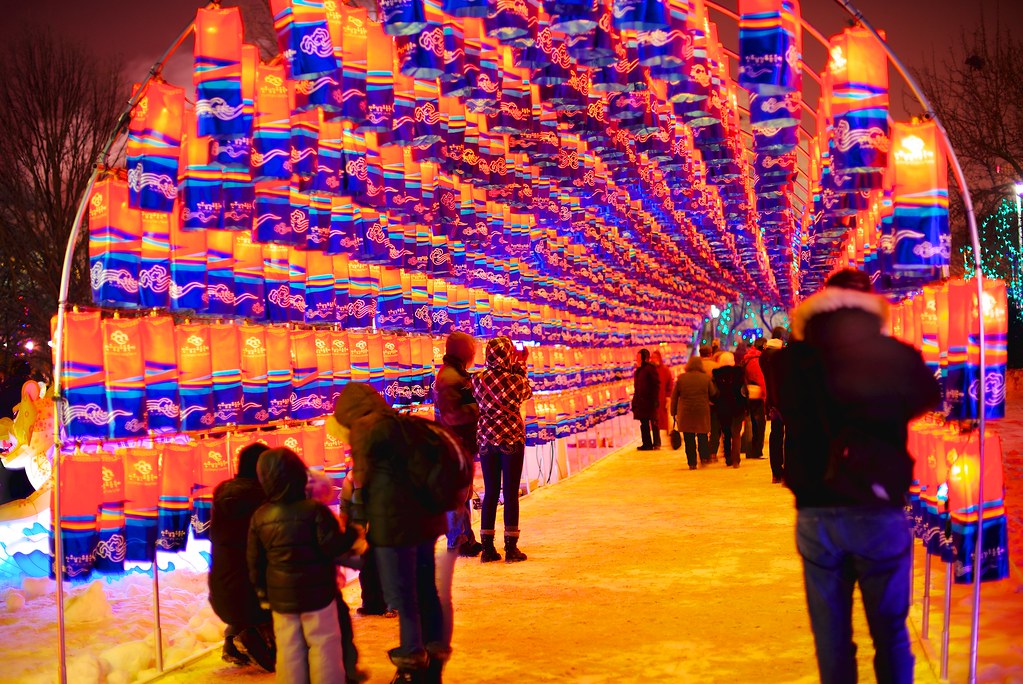
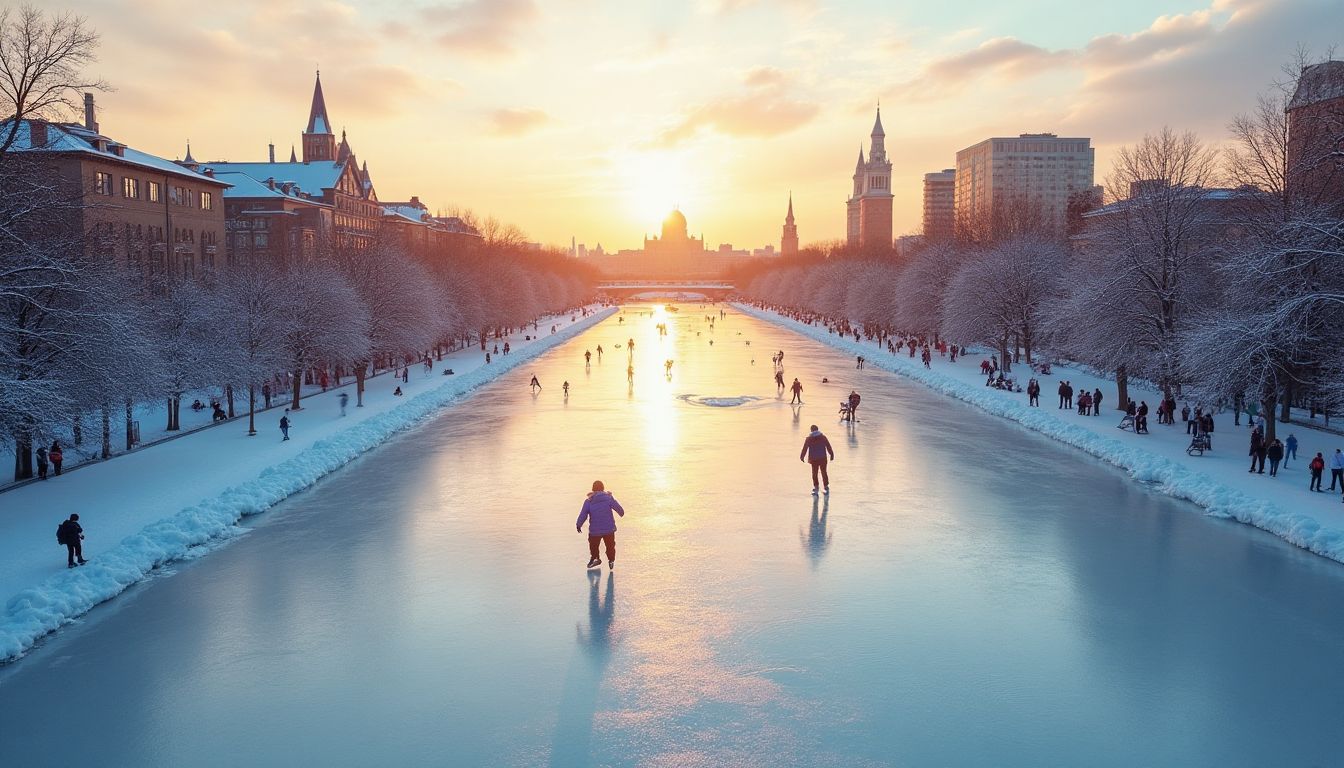
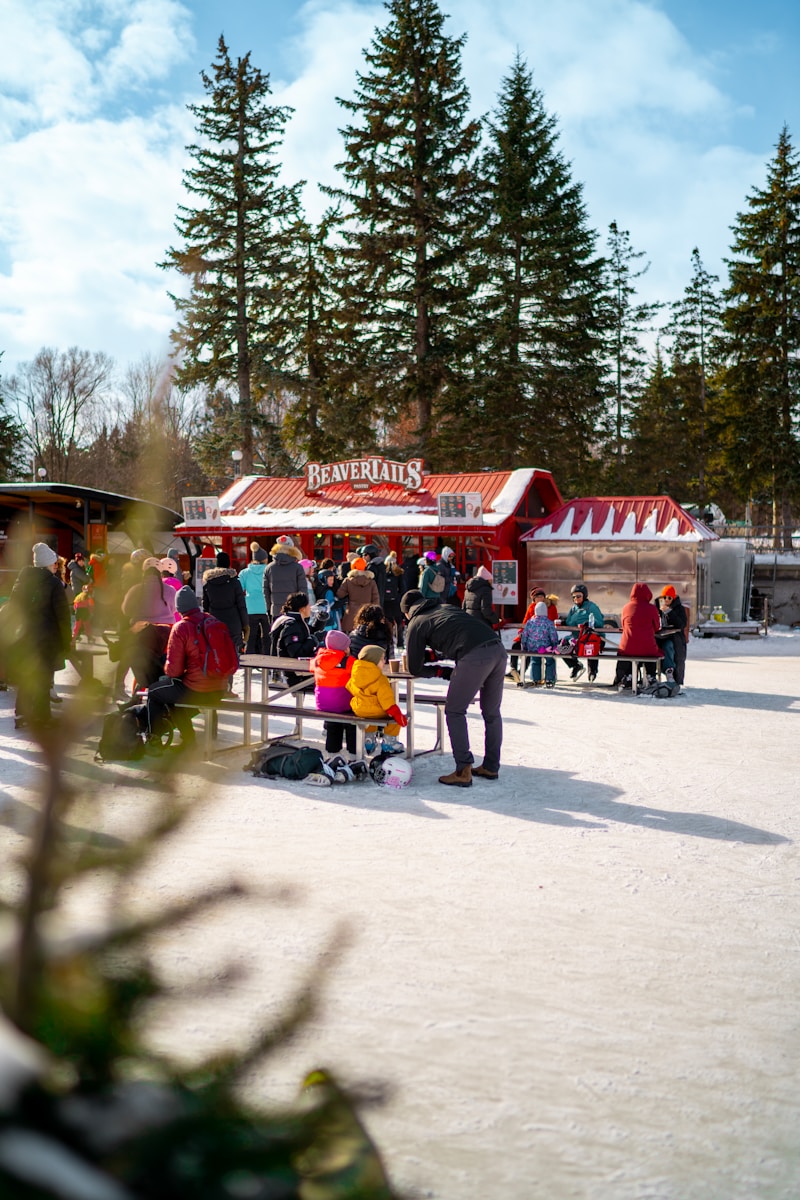
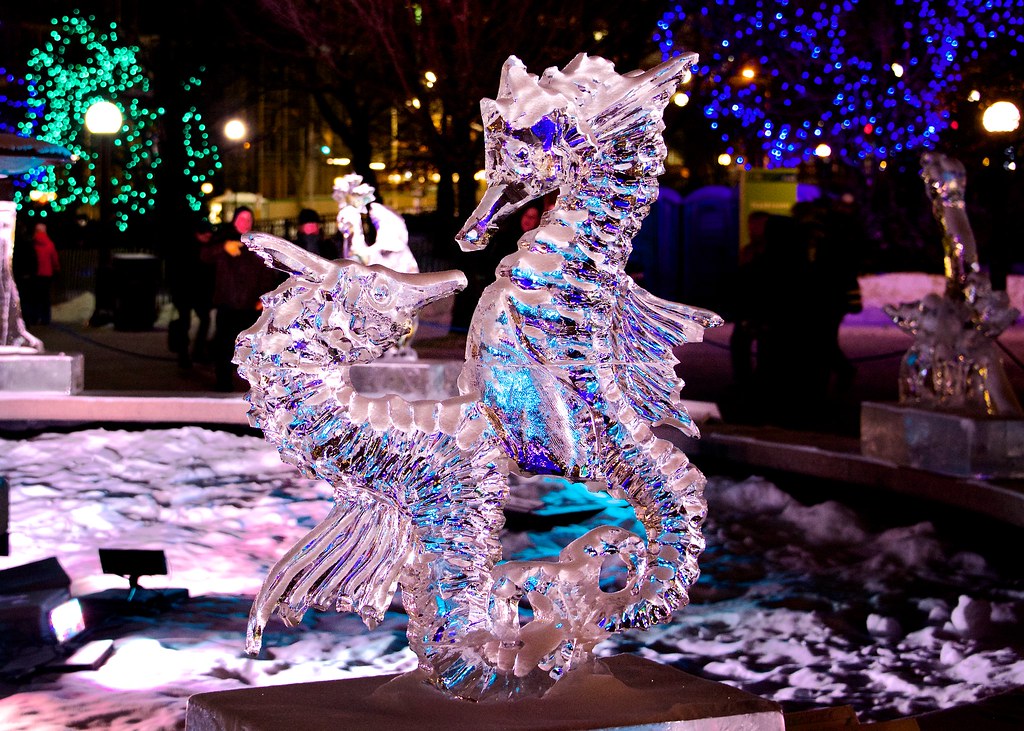
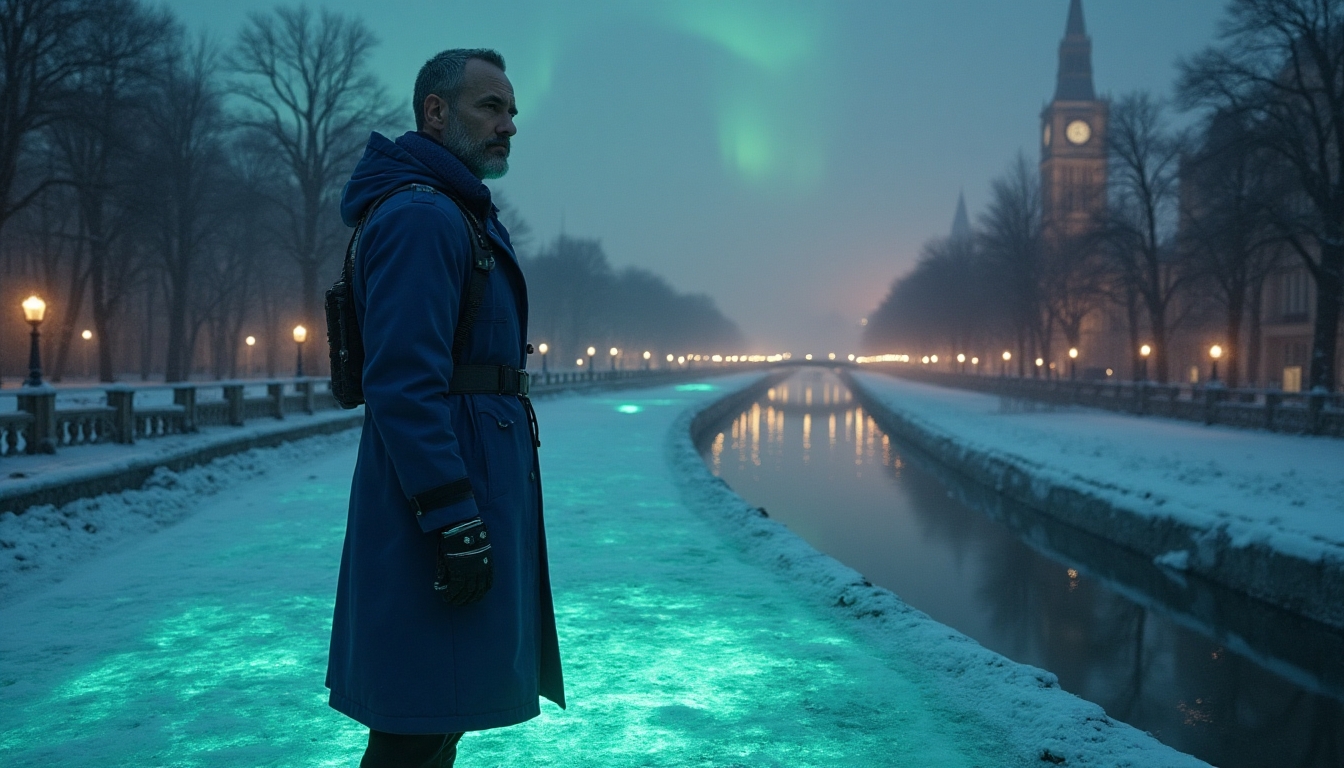





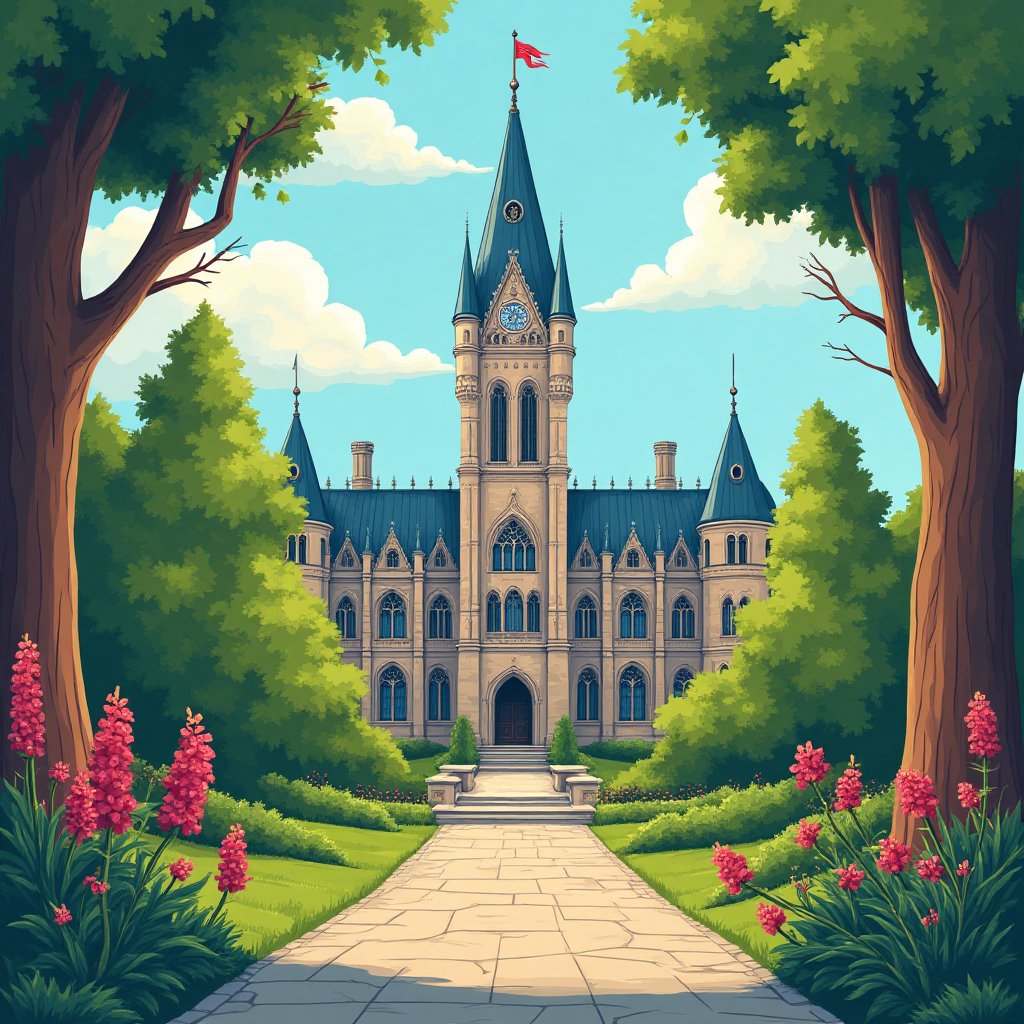

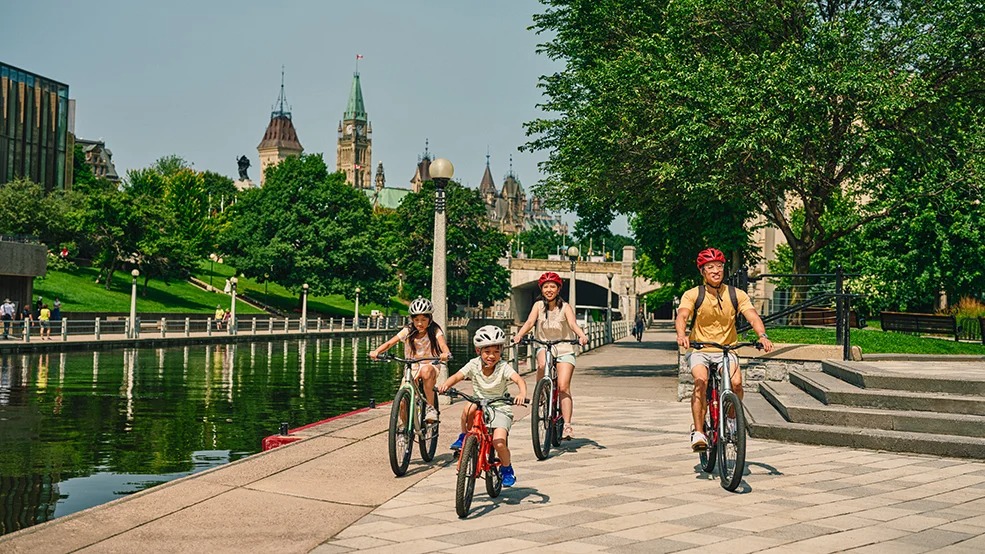















Post Comment
You must be logged in to post a comment.